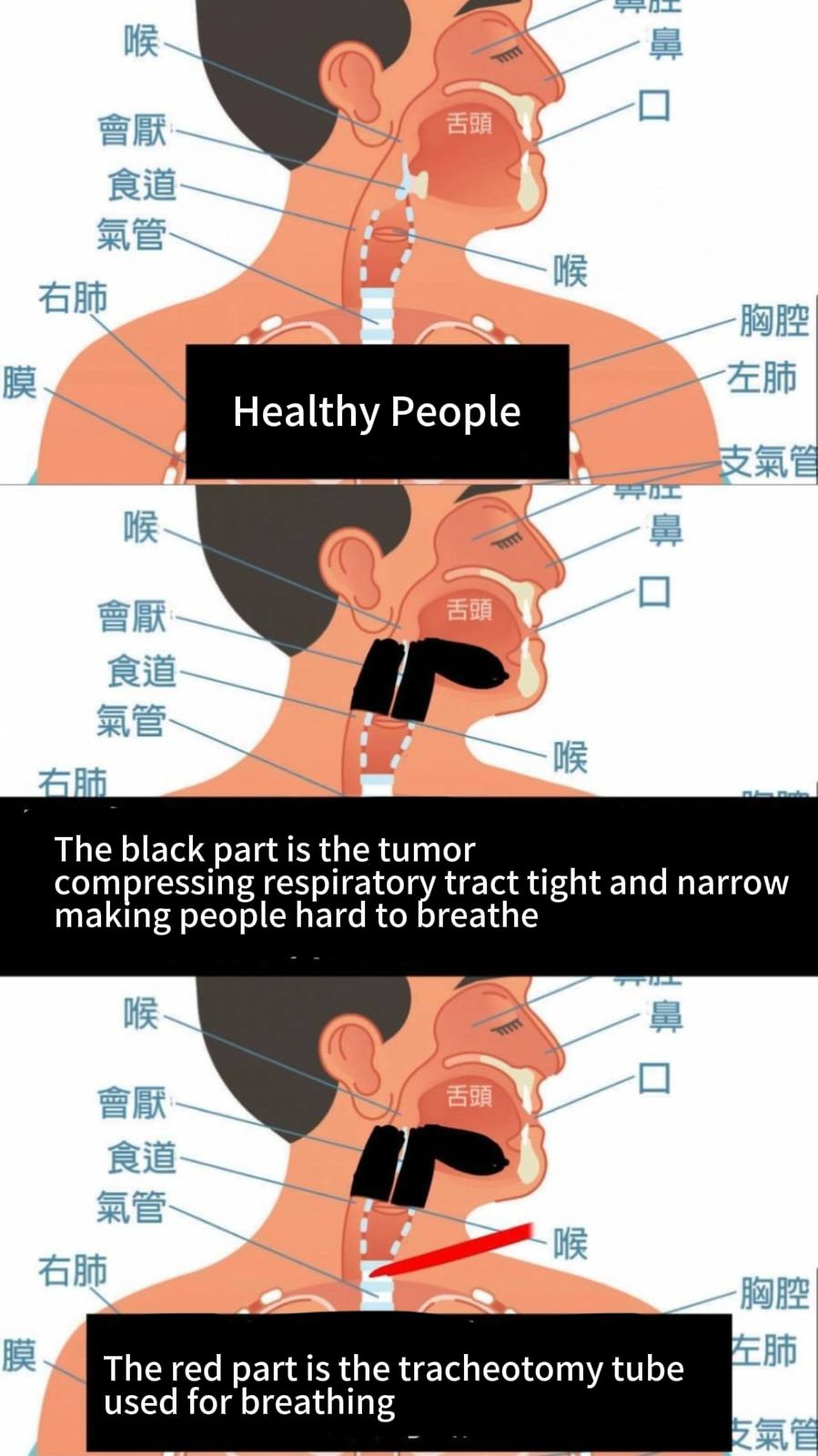The journey toward the end of life is deeply personal and fraught with difficult decisions. As a medical interpretation provider, we frequently encounter difficult situations where the outlook for patient survival seems bleak.
There are situations including patients having tubes hooked up which they rely on to keep breathing because they can’t do so by themselves anymore.
So, let’s explore these three distinct paths: 1) allowing a natural death; 2) opting for assisted death (where legal); 3) pursuing treatment for as long as medically possible. Each path carries its own set of potential benefits and drawbacks.
Embracing the Natural Course: Finding Peace in Letting Go
Choosing to allow a natural death often centers on prioritizing comfort and quality of remaining time over aggressive interventions.
Pros:
- Focus on Comfort and Dignity: The emphasis shifts from medical procedures to managing pain and symptoms, allowing the patient to spend their final days in a more peaceful and familiar environment, surrounded by loved ones.
- Avoiding Invasive Procedures: This path spares the patient from potentially painful and burdensome treatments that may offer little to no extension of life.
- Honoring the Natural Process: For some, there’s a profound sense of acceptance in allowing the body’s natural processes to take their course, viewing it as a more dignified and less artificial end.
- Time for Connection and Closure: Without the demands of constant treatment, there can be more quality time for emotional connection, reflection, and saying goodbye.
Cons:
- Potential for Unmanaged Symptoms: Without active treatment, pain and other distressing symptoms may not be adequately controlled, leading to discomfort and suffering if not managed with palliative care.
- Emotional Distress for Loved Ones: Watching a loved one decline naturally can be emotionally challenging, and families may struggle with feelings of helplessness.
- Uncertainty of Timeline: The exact timing of death can be unpredictable, which can make planning and emotional preparation difficult.
Assisted Death: Empowering Choice and Control
Assisted death, currently legal in a limited number of jurisdictions, involves a terminally ill, mentally competent adult voluntarily requesting and receiving medication to end their life peacefully.
Pros:
- Autonomy and Control: This option provides the patient with a sense of control over the timing and manner of their death, potentially alleviating fear and anxiety associated with a prolonged and uncontrolled dying process.
- Reduced Suffering: For individuals experiencing unbearable and unrelieved suffering, assisted death can offer a way to end their pain and distress on their own terms.
- Peace of Mind: Knowing this option is available can provide a sense of peace and empowerment, even if the patient ultimately chooses not to use it.
Cons:
- Ethical and Moral Concerns: Assisted death raises significant ethical and moral questions for individuals, healthcare providers, and society as a whole, often conflicting with religious or personal beliefs about the sanctity of life.
- Potential for Abuse and Coercion: Safeguards are crucial to ensure the patient’s decision is fully voluntary and not influenced by coercion or pressure from others.
- Impact on Healthcare Professionals: Participating in assisted death can be emotionally and morally challenging for healthcare providers, potentially leading to moral distress.
- Slippery Slope Arguments: Some worry that legalizing assisted death could lead to its expansion to individuals who are not terminally ill or who are vulnerable.
Pursuing Treatment: Hope and the Fight for More Time
Continuing treatment for as long as possible reflects a desire to fight the illness and extend life, often fueled by hope and a determination to not give up.
Pros:
- Potential for Remission or Cure (Rare): In some cases, ongoing treatment, especially with advancements in medicine, may lead to unexpected remission or even a cure, although this is less likely in advanced terminal illness.
- Buying More Time: Treatment can potentially prolong life, allowing for more time with loved ones, to achieve personal goals, or to witness important events.
- Hope and a Sense of Fighting: Actively pursuing treatment can provide a sense of hope and purpose, empowering the patient to feel like they are actively fighting the disease.
Cons:
- Diminished Quality of Life: Aggressive treatments often come with significant side effects that can severely impact the patient’s quality of life, leading to increased pain, fatigue, and discomfort.
- Financial and Emotional Burden: Prolonged treatment can be incredibly expensive and emotionally draining for both the patient and their family.
- False Hope and Unrealistic Expectations: Continuing treatment when the prognosis is very poor can sometimes create false hope and prevent the patient and family from fully accepting the reality of the situation and focusing on quality time and end-of-life preparations.
- Potentially Isolating: The demands of constant medical appointments and treatments can isolate the patient from their usual social activities and support networks.
When facing a terminal illness, patients and their loved ones often grapple with complex choices about how that final chapter will unfold.
Imagine a situation where a patient’s tumor in their throat has grown to the point where it is making it difficult for them to breathe. Then there are possible options for them to choose:
-Their care and treatment can be stopped, allowing them to naturally pass away.
-They could begin more aggressive treatments in the hopes of becoming cured.
-They could opt for euthanasia to peacefully pass away.
It’s in these highly difficult situations that sometimes premature decisions are made. To end a life too soon, people may experience decision-related stress and cause trauma for family members.
Sometimes, even though people understand the chance of recovery through a long road of treatment, the family or patient may decide that they don’t want to live like that.
Learning how to maintain the balance between medical principles and how to end life isn’t easy for anyone. You would be lucky if you have an experienced physician with the assistance of medical interpreters to facilitate communication to guide you and point you to a simple direction on every step of the way!





Leave Your Comments Below